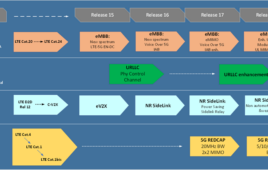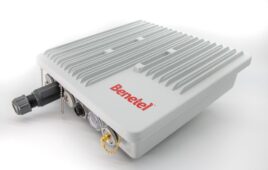Technology firms out to prove that wireless devices could run on spaces of unused TV spectrum without interfering with programming were disappointed again, as a prototype device broke down during testing.
The FCC agreed to retest the idea that wireless devices could use the “white spaces” between channels, without interfering with TV broadcasts, but a prototype device reportedly lost power after continual testing. Similar device glitches plagued previous white space tests.
Tech companies pushing for FCC clearance to create devices that will run over the white space airwaves include Dell, Earthlink, Google, HP and Microsoft. The group formed the Wireless Innovation Alliance, which responded to reports that the test failed by saying that the device’s failure has nothing to do with the viability of using white spaces for wireless devices. “The problem with the device had to do with an unrelated power issue, not interference, and the testing was completed without a problem,” said Brian Peters, a spokesperson for the Wireless Innovation Alliance, in a statement.
The FCC has not said whether testing was successful or not, though the alliance said that despite prototypes failures, FCC engineers continued testing without any interference problems. The tests could take up to three months; the commission doesn’t plan to release any details of the testing until it is completed.




